by bria4123 on November 3, 2012
Rensaissance Italian art has older roots than most people think. It didn’t emerge in Florence, Rome and Venice in the 15th century from out of nowhere.
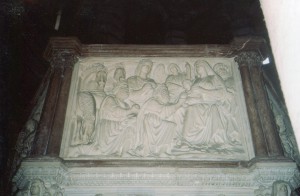
Its roots are very deep and multidimensional. [click to continue…]
by bria4123 on November 3, 2012
Smiling Irish eyes, a pretty Thai smile and a room full of books–now there’s eye-candy.
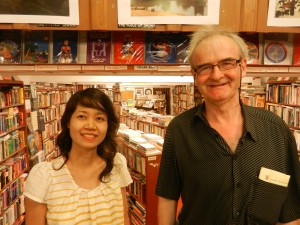
I found Chiang Mai’s multicultural mixtures as enchanting as its temples. [click to continue…]
by bria4123 on November 2, 2012
In Thailand, little things are as impressive as the biggest monuments.
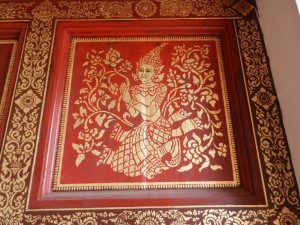
Tourists quickly walk around a temple’s main tower/stupa and public assembly hall, and miss the other enchantments. But these little things have a lot of influence on how Thais see the world. [click to continue…]
by bria4123 on November 2, 2012
This sure doesn’t look like an elephant. We’ll leave the big animal in France and explore something much more graceful.

While France’s King Francois I, imported the Italian Renaissance in the early 16th century to beef up his image, Thais perfected their own art forms. These works expressed a different way of seeing the world than what Westerners are used to. Many Westerners who go to Thailand decide that they’ll never leave, so explore this temple at your own risk. [click to continue…]
by bria4123 on November 1, 2012
Here’s Rosso Fiorentino in full flight. The contorted bodies and white-knuckle emotions are the mannerist style in full perversity and glory.
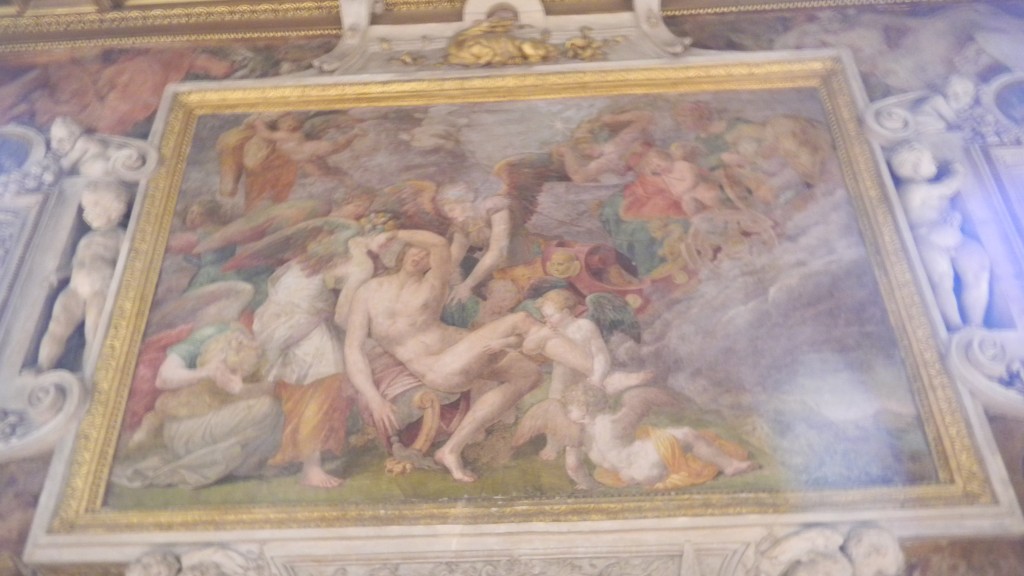
This fresco of the death of Adonis is only one of many paintings that line the long gallery in Francois I’s favorite chateau, Fontainebleau. The gallery’s diverse collection of art works had a lot of impact on French culture, and the modern West. [click to continue…]
by bria4123 on November 1, 2012
King Francois I was attracted to two very different personalities when he ushered in the French Renaissance in the early 16th century. The Italian painter Raphael was the paragon of taste and restraint. His proportioned works set standards for classical balance that no one has ever bettered. But the other painter was a rebel.
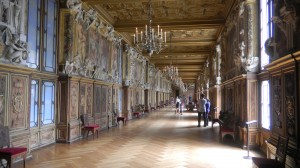
Rosso Fiorentino reacted against Renaissance ideals of measure by painting the opposites: bright colors and intense emotions. Some people thought he was perverse, but he helped establish mannerism as an artistic style. Francois brought every Raphael picture he could grab to France, and he made Rosso his principal painter and put him in charge of decorating the palace at Fontainebleau. Magic was bound to happen. [click to continue…]
by bria4123 on November 1, 2012
France’s King Francois I imported the Italian Renaissance to his land while he reigned from 1515 to 1547, and his physique and personality ensured that he would do it dramatically.
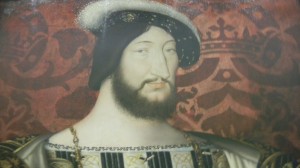
He was over 6 feet tall, and full of energy, libido and ambition. The painter Jean Clouet portrayed Francois (above) projecting so much self confidence that even his athletic frame and full beard seem too small for him. As he tried to expand his persona beyond all physical limits, he helped expand France’s horizons to the Italian Renaissance. [click to continue…]
by bria4123 on October 31, 2012
The last post began with a spooky Halloween post from the East. So here’s one from the West.
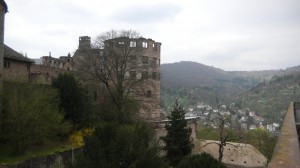
I didn’t find any ghosts inside, but the Western cultural currents I explored were more interesting than anyone’s dark dreams. [click to continue…]
by bria4123 on October 31, 2012
Happy Halloween, Thai style!
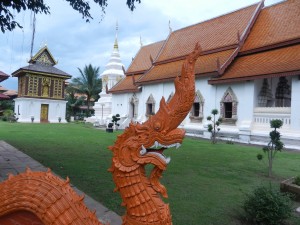
Thai temples allow lots spirits to coexist. And lots of spirits roam in Southeast Asia’s abundant natural landscape. So every Thai temple has a spooky side. We’ll explore Wat Hua Khuang’s here. [click to continue…]
by bria4123 on October 31, 2012
A cool thing about Thai art is, you never run out of perspectives. Keep exploring a temple and you’ll always find new ways to enjoy it.

Perspective in Thai art doesn’t assume to give one all-encompassing view of the whole shebang. Temples do have centers–the main Buddha statue and the stupa, (Wat Hua Khuang’s is in the above photo) are the most revered places. But their forms aren’t strict, like the 3 dimensional perspective that developed in Florence in the 15th century. They’re gentle and rippling. These monuments rule, but benevolently. They allow magic to emerge in their surroundings. [click to continue…]










